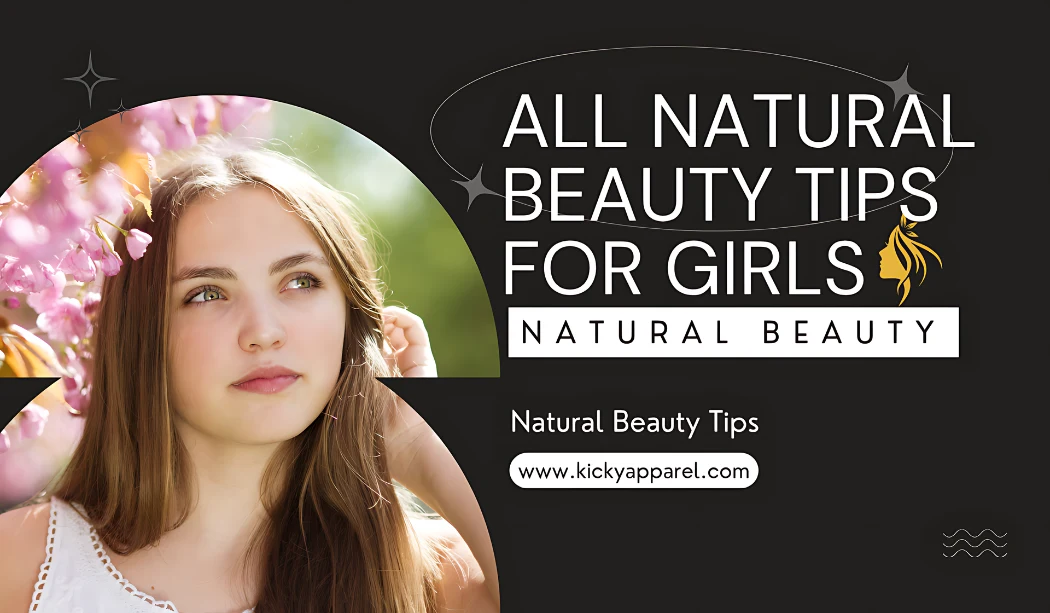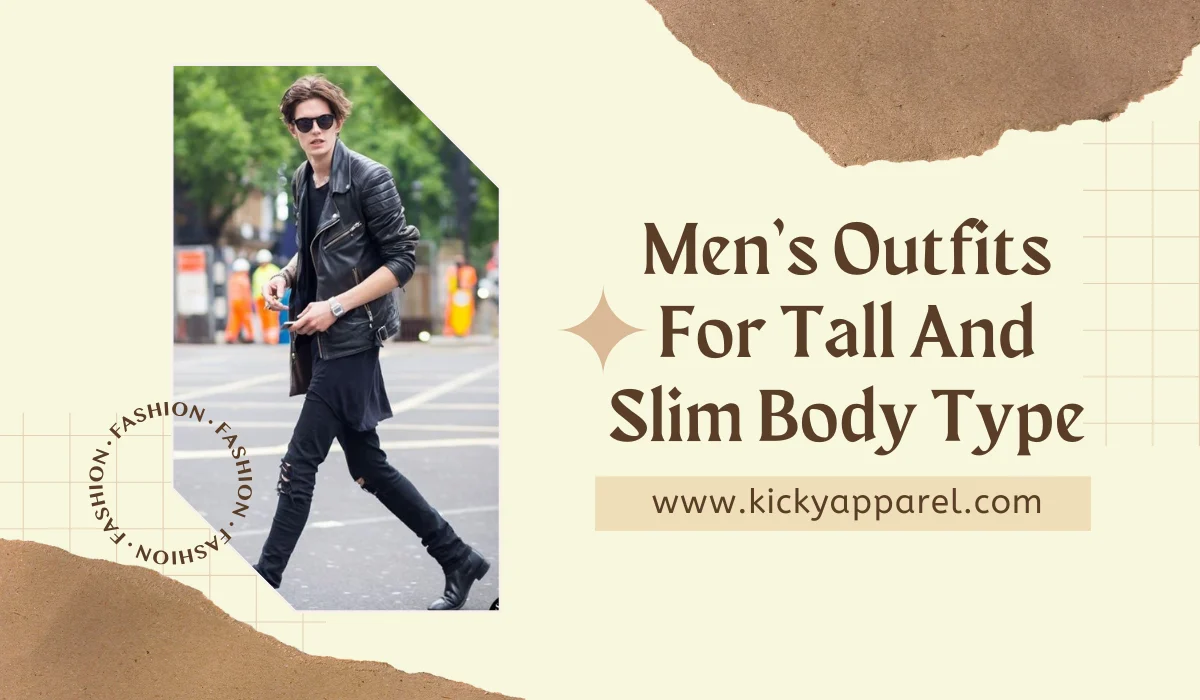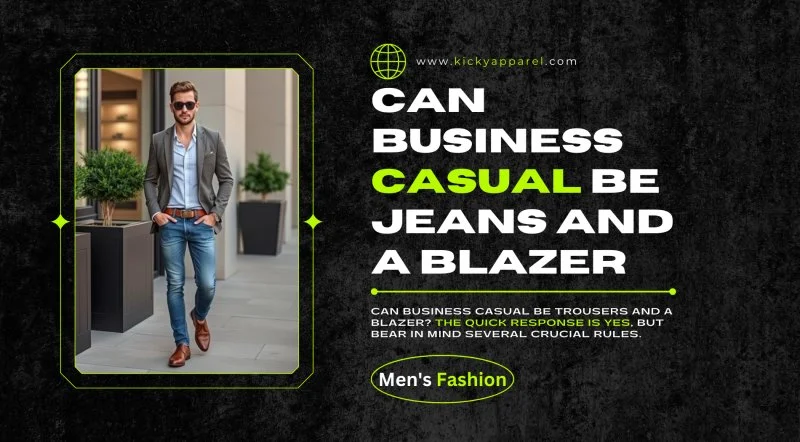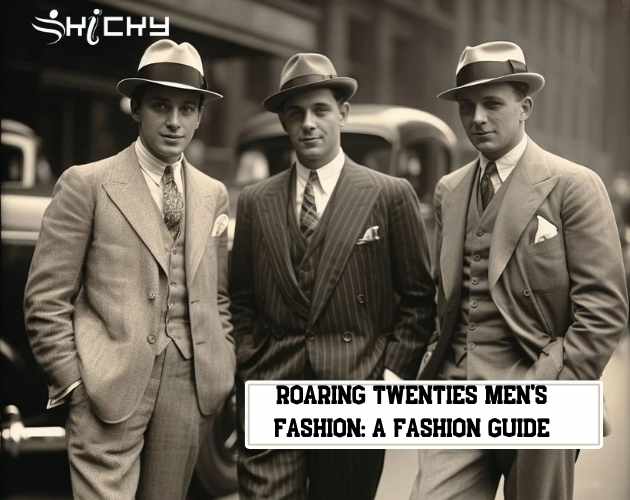Are Timberland Boots Worth It? (American Work Boot Review)
Timberland offers some of the world’s most popular unstudied boots. But, with their popularity, it raises the question: Are they really worth it?
History of Timberland
Timberland’s history begins in 1952, when its founder, Nathan Schwarz, bought a 50% stake in a visitor then known as the Abington Shoe Company. He then turned the visitor into a private family merchantry and relocated to New Market, New Hampshire, though the employee headquarters now reside in Stratham. The zone is well known for its outdoorsman lifestyle and somewhat temperamental weather, stuff similar in climate to Maine, home of the LL Bean Duck Boot.
Abington Visitor boots were originally intended to be durable outdoor footwear that could be stylish while still rememberable the elements of an outdoorsman’s lifestyle. In 1973, the visitor released its iconic, yellow, waterproof boots under the model name “Timberland.” It quickly became a hit with outdoorsmen and tradesmen alike; so much so the visitor rebranded to just “Timberland.”
These boots were originally widely wonted by factory workers and construction workers as working-class boots. However, Schwartz thought the sleek styling would request to higher-end clientele as increasingly of a malleate staple in the luxury space. The boots were marketed in the New Yorker magazine and New York City’s Saks 5th Avenue, soon making them a symbol of relaxed luxury.
They were later permanently featured on shows like “One Tree Hill.” Soon, other celebrities like Jay-Z, Nas, Kanye West, Mark Walberg, and Rihanna unexplored the marching within their malleate trends and are expressly popular among hip-hop communities, and they’ve remained a streetwear staple since.
Timberland’s Ethos
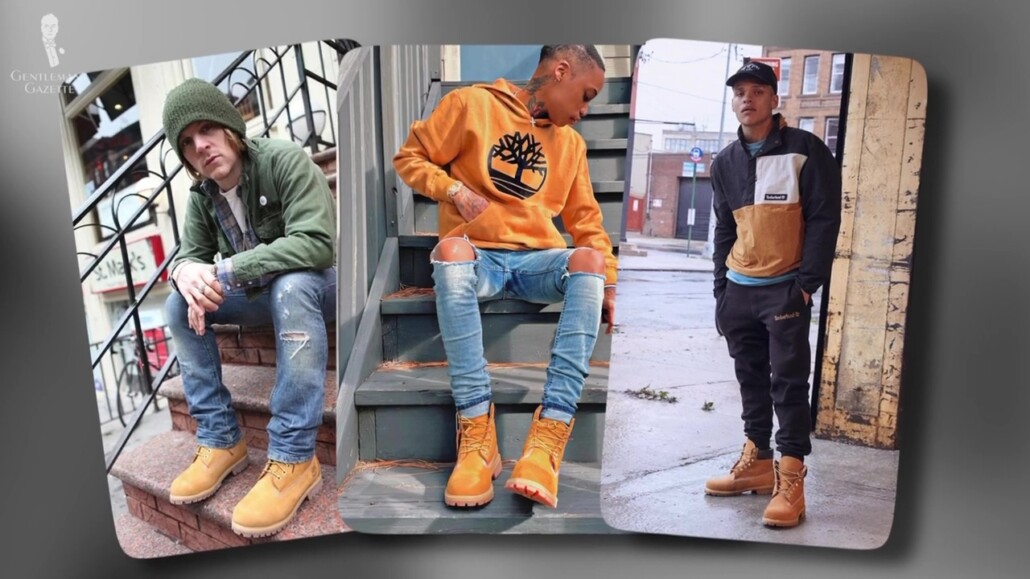
Timberland markets itself as the tough and unspoiled trademark that makes hard-wearing boots with an outdoorsy request but urban unbearable diamond that they won’t squint out of place when not worn hiking. They’re increasingly often known for their stylish looks nowadays than their very practicality, meaning that they’re closer to a malleate marching than their working marching origins.
Timberland boots are known for their malleate element increasingly than their practicality these days.
The company’s ethos focuses on sustainability and positive change. This is washed-up through humanitarian work when addressing the public. For example, they use recycled plastic bottles to make the soles of some of their footwear. They moreover focus on donating to tree planting causes in needed areas through polity service and giving when to tradesmen through scholarships, making them a very environmentally conscious visitor working toward a greener world.
Timberland is moreover increasingly worn as a lifestyle brand, unlike Redwing, which is largely intended as a work boot. It seems like increasingly of an stimulating choice, making them increasingly desirable and aspirational to those who want to emulate the image they crafted during the 90s.
Timberlands have moreover gained recognition on the global scale as an international import brand. They have a reputation as something of a luxury and a flex item in both Europe and Asia, with their popularity stuff expressly prevalent in the UK and Japan. This is probably due to the number of American idealism endorsements they get, making them a sought-after piece for those looking to emulate the look.
Timberland Marching Lines

This is the company’s flagship product. Its most iconic features are the nubuck leather upper and leather strip virtually the padded collar of the heel. The leather has been waterproofed and insulated and features a natural rubber lug outsole.
The most disappointing full-length is that these boots are glue welted, instead of Goodyear-welted, meaning they likely have a lifespan of four to five years with regular use, unlike a Goodyear counterpart that can last 20 plus years when the sole is reverted out without heavy use, and the upper is unceasingly cared for. Ironically, this goes versus Timberland’s sustainability ethos, as the boots will have to be replaced increasingly commonly and use increasingly materials over time.
Atwells Avenue
This style is increasingly of a hybrid between a sneaker and a boot, featuring an outsole increasingly in line with the tennis shoe. They still full-length the nubuck upper of their mainline counterparts and come in at $150.
Redwood
The Redwood line features a thinner outsole; it is increasingly in line with stuff worn in an urban environment, making it a increasingly streetwear-friendly version of the boot, and it comes in at $145.
Our Review
Here, we are reviewing the Timberland Premium 6-in Waterproof Marching in archetype wheat nubuck. It features microfiber PrimaLoft insulation, a molded foam footed to reduce shock and modernize comfort, and is made from premium Timberland leather. However, that term is primarily specified relative to environmental impact and not leather quality. We bought these ourselves for $198, and, like all of our reviews, this is not an ad.
Conclusion: Is it Worth It?
For that reason, I would certainly buy these boots. At $210, there are brands and similar price points that offer a Goodyear-welted or Blake-stitched product, like Allen Edmonds, Taft, Thursday Boots, etc. If construction methods are important to you and you like your boots to last longer, these would usually be the largest options to go for.
They can be serviceable for this purpose; if you really want to wear them for increasingly leisurely outdoor activities, they’re truly weightier used as a fashionable piece within street and unstudied wear with their unique stimulating and unstudied reputation.
They’ve moreover stood the test of time for over fifty years, stuff a style still popular today, meaning that they do have a timeless request for their intended purpose, plane if it’s not what we usually have in mind when talking well-nigh archetype style as their limited versatility and unstudied nature will make them fairly incompatible with a increasingly formal wardrobe. But, if you have a increasingly casual, street wear-oriented style, these boots could be appealing. Just know you’re paying uneaten for the trademark name and style and not necessarily considering it’s the highest quality product on the market; although the market price isn’t as drastic relative to very value as other name-brand footwear have been.
Timberland Boots FAQs
Does Timberland make good quality boots?
Timberland boots are not Goodyear-welted and won’t have the same level of longevity as ones that do. That stuff said, they’re still an above-average boot.
Are people still wearing Timberland boots?
Timberland boots are still a fairly popular style of marching with mainstream appeal.
What are Timberland boots good for?
Timberland boots are increasingly of a malleate marching but can be worn for unstudied outdoor outings.
Are Timberland boots suitable for everyday use?
Timberland boots are decently hardwearing and could be worn on an everyday basis.
Do Timberland boots last long?
Timberland boots tend to last 4-5 years with resulting use.
Why are Timberlands so famous?
Timberland boots became a highly desired luxury good once Notorious B.I.G. was seen commonly wearing them.




